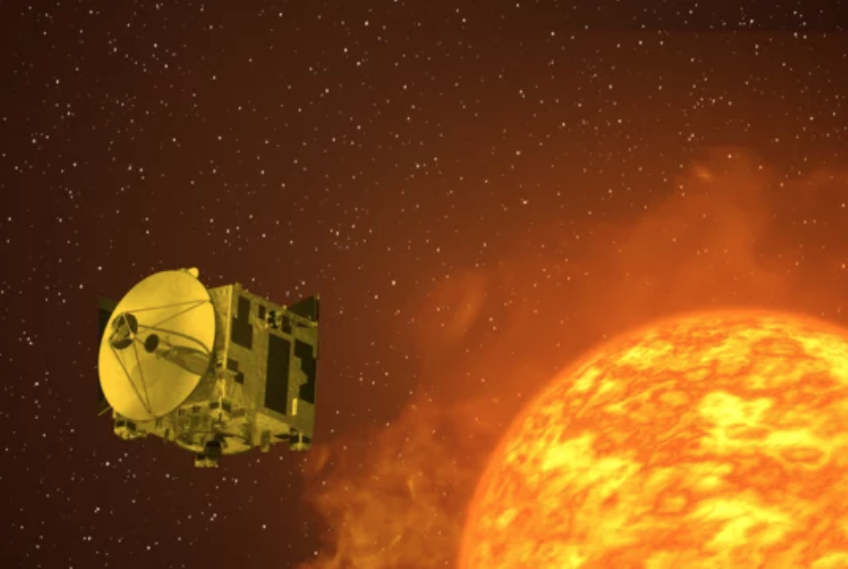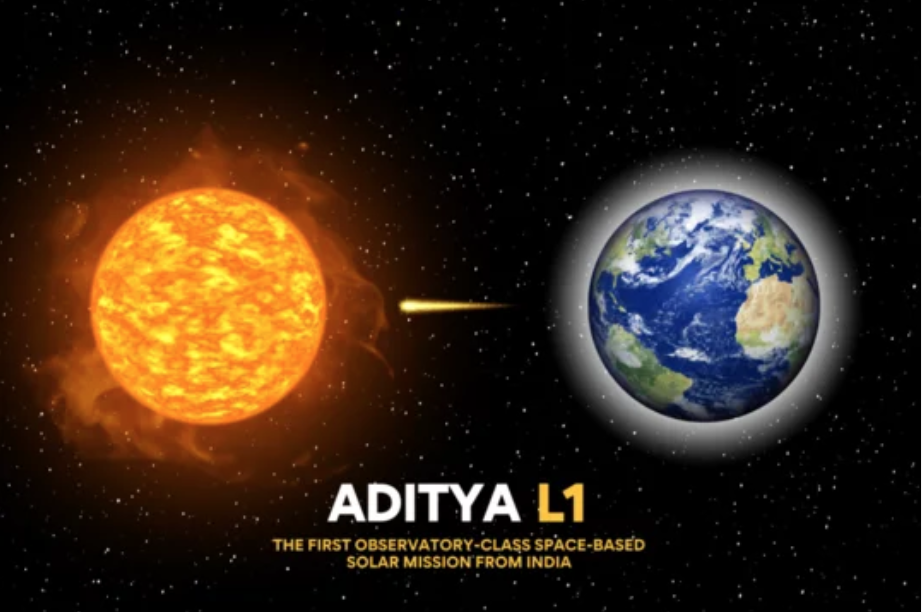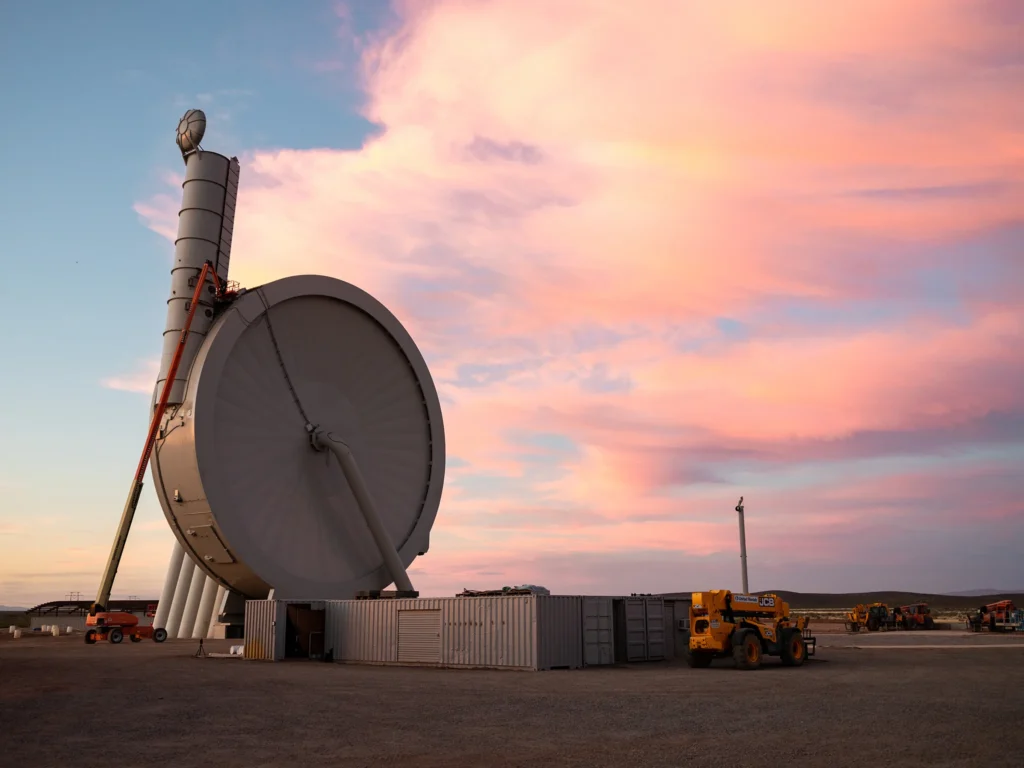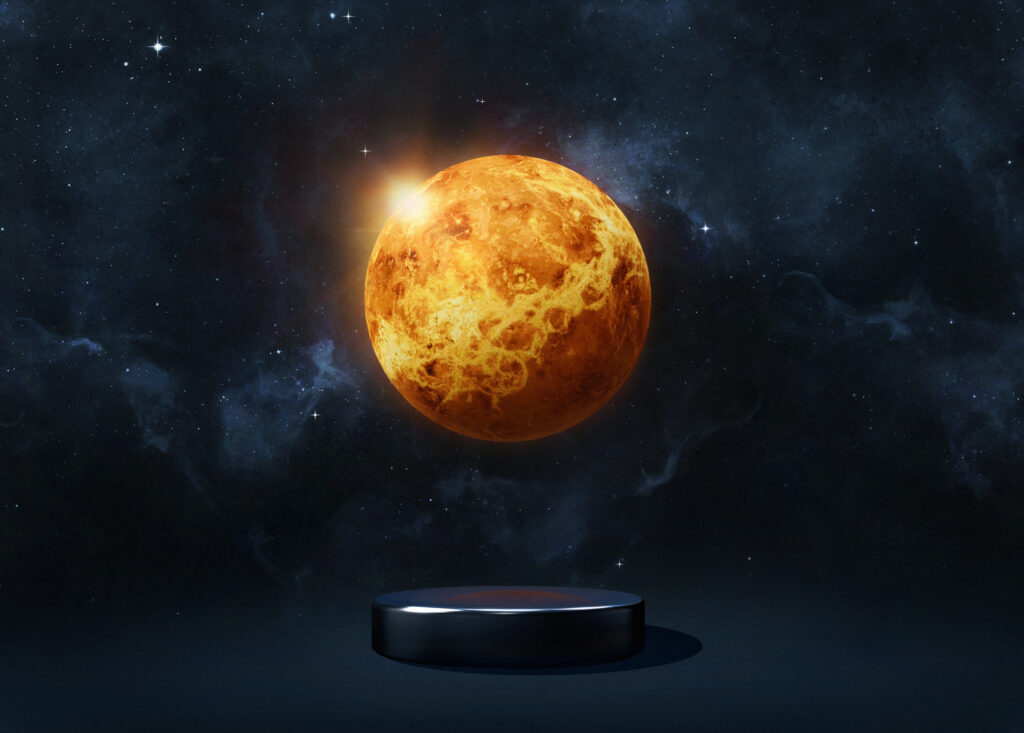With the advancement of technology, a couple of days before Chandrayaan-3 embarked journey to the moon. Indian Space Research Organization (ISRO) launched India’s first solar mission of India Aditya-L1. The Indian Solar Mission is limited to observation of the solar corona. This mission is known to be the second space-based astronomy mission after AstroSat for a scientific expedition to study the sun.
The potential of solar energy in a sustainable future
With increased worries about climate change and the depletion of existing energy sources, the need for sustainable alternative energy is expanding. Solar energy is growing as a viable choice with numerous advantages for a sustainable future.The sun is an almost infinite source of energy that may be harnessed without diminishing natural resources. As a result, it is a highly sustainable option that decreases reliance on fossil fuels and greenhouse gas emissions.Solar energy has enormous potential, and ISRO’s Aditya L1 Solar Mission is a critical step toward realizing that potential. In the next section, we will look at the mission’s goals and technical features, as well as how it could revolutionize our understanding of the Sun and its influence on Earth.
What is the main objective of Aditya L1 Mission?
The main objective of Aditya L1 is to study the Sun’s corona, chromosphere, and photosphere. In addition, it will study the particular details about the particle flux emanating from the sun and the variation of the magnetic field strength. Below is the list of all other objectives that are as follows:
- To understand the sequence and process of eruptive events at solar.
- To diagnose the temperature, velocity, and density of coronal loops plasma and corona.
- To help scientists to know the reason behind the acceleration of the particles on the sun, that leads to the solar wind with the constant flow of particles from the sun.
- To analyze the corona’s magnetic field and the driver of the space weather.
- To study the upper atmospheric layers of the sun called chromosphere and corona. The corona is the outermost layer and the chromosphere is just below it.
- To examine the coronal mass ejections, which are large expulsions of plasma and magnetic fields from the sun’s corona.
The uniqueness of Aditya L-1 Mission
- Observations from multiple directions to know the energetic anisotropy of the solar wind and to determine the direction.
- CME and solar flare detection on board for improved observations and data volume.
- Solar disk spatially resolved for the first time in the near UV band.
- CME dynamics close to the solar disk provide information on the CME’s inconsistently observed acceleration regime.
Why it is important to study the sun?
The main reason to study the sun is that it is known to be a star that is much beyond our visual range. There could be a number of perturbations in the space environment if any kind of solar occurences are directed to the Earth. As a result, the sun serves as a useful natural laboratory for studying phenomena, and the stars in our Milky Way cannot be directly investigated in a laboratory, due to which Aditya L-1 mission Is launched to know more about the sun. The Indian Solar mission will eventually provide a deep understanding of the solar wind particles and magnetic field traveling from the sun through interplanetary space.
Other Sun & Solar Missions
Apart from the Aditya L1 mission by ISRO which is a sun-specific mission, there are other countries that launched similar programs. Given below are the names of a few missions:
- NASA’s Helios 2
- NASA’s Living with a star
- NASA’s Parker Solar Probe

Conclusion
With the changes in time, India recently embarked journey on the moon with Chandrayaan-3 and now with the launch of Aditya L-I India is embarking name in the top countries all over the world. The launching will eventually bring a number of opportunities for the people which will lead to overall economic growth and development of the country.
FAQ
What are the 4 types of satellites?
Satellites can be classified by their function, as each of them has a specific purpose. There are nine different types of satellites that are as follows: communications satellites, remote sensing satellites, navigation satellites, LEO, MEO, GPS, GEOs, Drone satellites, ground satellites, and polar satellites.
Did any satellite go to the sun?
Yes, NASA’s Parker Solar Probe was the first-ever mission to touch the sun. The spacecraft, which was about the size of a small car, directly into the sun’s atmosphere about 4 million miles from the surface. Parker solar probe launched aboard a Delta IV-Heavy rocket from Cape Canaveral.
What is Aditya L1 Mission?
Aditya L1 Mission is the mission to study the sun.
Which country sent a satellite to the sun?
HUS Space Agency NASA has launched a mission to send a satellite closer to the sun. The Parker Solar probe rocket from Cape Canaveral, Florida is one of the fastest man-made objects in history that promises to crack longstanding mysteries about the behavior of the Sun. It is the first spacecraft to be named after a living person- astrophysicist Eugene Parker, 91, who first described solar wind in 1958.



